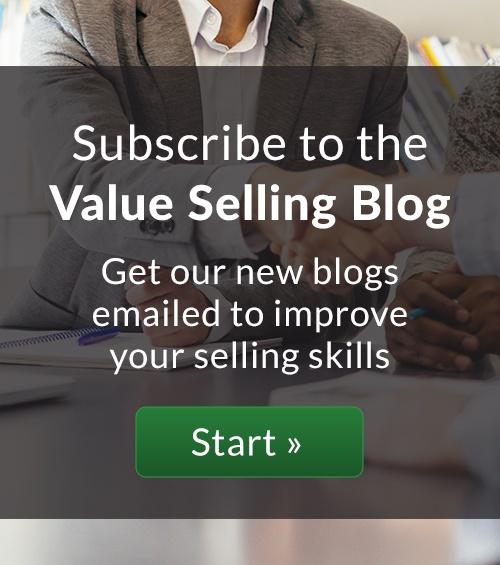A well-crafted value proposition has the power to catapult your business towards sustainable growth and better market performance. However, it can be a challenge to develop a unique value proposition that captures your prospects’ interest without using industry jargon and meaningless buzzwords.
I am a big believer that value selling is a key element of successful B2B sales. It is based on the belief that customers are more interested in the business value of your offering than its features or attributes. And it requires a persuasive economic argument for the value of your product or service.
Business-to-business (B2B) selling is complex, especially when justifying the price of a solution. Today’s buyers are increasingly discerning and value-driven, so B2B sellers must thoroughly understand their buyers' needs and their solution’s value. A value selling methodology and ROI tools can help.
I recently reflected on what might cause sellers to reassess their value pricing and value selling strategies in a changing economy. While both are rooted in value, value pricing and value selling use different tools with different purposes and reference sets. Let’s take a moment to review the basics.
Sales adoption is a crucial challenge to rolling out a successful value-based selling program. Beyond providing ROI tools, companies must also help the sales team embrace a new way of selling. You can understand and overcome these challenges using best practices gleaned from our 20 years of experience.
Building value selling content into your solution messaging and sales process requires a deep understanding of the difference between ROI and TCO analyses and the right use case for each. If used inappropriately, or not at all, you can lose credibility with customers and hurt your chances of closing deals.

















